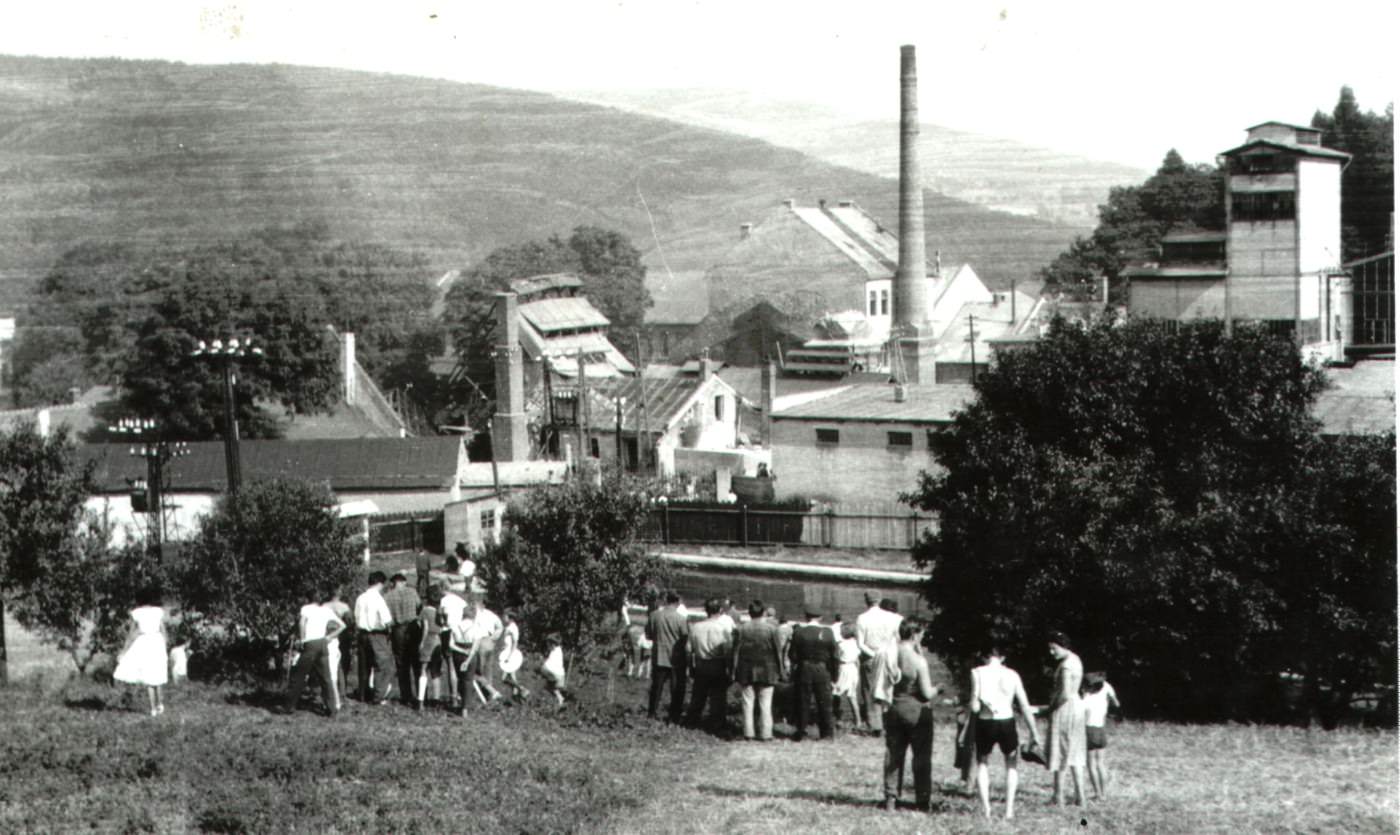The Květná glassworks is one of the longest-running glassworks in Czechia. It was built in 1794. The glassworks was founded by Prince Alois I of Liechtenstein. The location for the construction was chosen very carefully in the center of beech forests near Uherský Ostroh in the cadastre of the village of Strání, a site of quality glass sand. The smelter, equipped with two melting furnaces, offered work to people from the surrounding area and other localities of the Liechtenstein estates from Slovakia and Austria.
At first, the glassworks focused mainly on the production of sheets and various utility table glass. The smelter began to produce higher-quality and more exclusive types of glass in larger plants only in the middle of the nineteenth century when it was bought by the Austrian businessman Josef Zahn. His son, Emanuel Zahn, built another glass kiln and introduced the production of fine crystal glass, decorated by grinding and engraving.
It was Emanuel Zahn who brought in experienced glassmakers, who brought with them new techniques and methods of glass processing. This led not only to a rapid improvement in the quality of the products, but also to an expansion of the range and, in particular, to modernization according to artistic impulses from Viennese art circles. In connection with this, the name of the glassworks was changed in 1894, when the local name Květná (Blumenbach) began to be used. This name soon becomes a hallmark of quality and is sought after on world markets.
Zahn & Göpfert set up showrooms and warehouses in London, Paris, Berlin, and Hamburg and exhibits at world trade fairs in Leipzig. As the second glassworks in Europe, Květná introduced etching decoration as early as 1897. At that time, variously decorated table glass was exported to the USA, Africa, Australia, Egypt, Scandinavia, Austria, Germany, and Switzerland.
The glassworks maintained production even in the first half of the 20th century. After nationalization, it continued to operate and between 1961 and 1990 it was one of the plants of the national company Moravské sklárny in Květná. After 1989, there were several properties and ownership changes, important milestones were the years 2011 – 2018 when the Květná glassworks belonged to the Crystalite Bohemia glass group, which was founded in 2009 by the entrepreneur Lubor Cerva.
After the division of both plants in 2020 due to the sale of the group, a new company was established, Cerva Bohemia and subsequently KVĚTNÁ 1794, which are currently the operator of the glassworks in Květná.
At the end of 2023, the glass factory is struggling with the long-term impact of a sharp rise in energy prices and is even considering shutting down operations. In the end, this did not happen and the new majority owner is the purely Czech family holding AF Group from Hodonín and the company MHS & Partners, thus the glass factory successfully continues the production of handmade glass.
